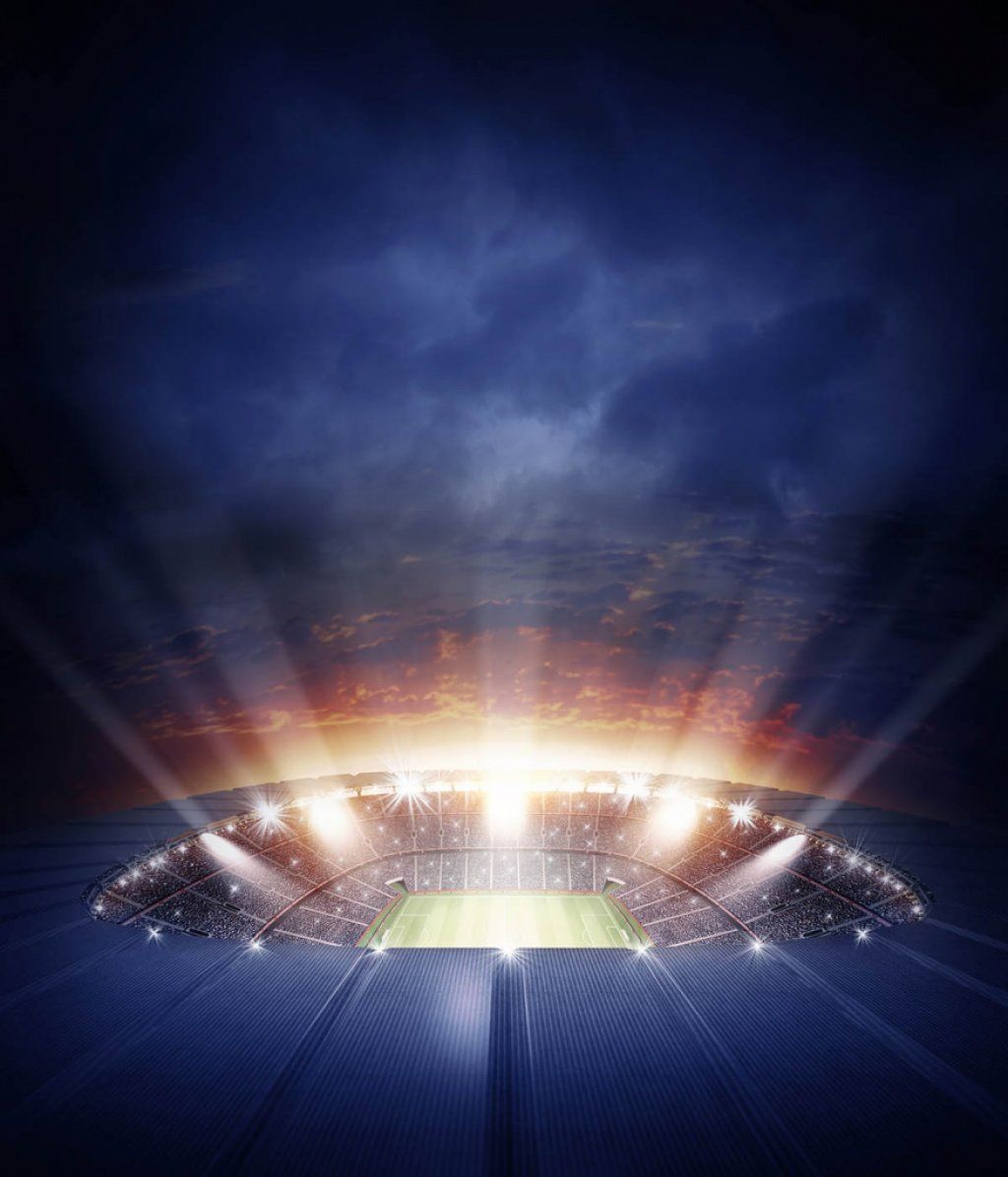Stadiums Turn to Lifestyle Centers for Inspiration

Once upon a time, when a sports stadium was built, the focus was on the game. Though builders would include restrooms and eventually concession stands, distractions from the sport at hand were seen as “minor-league.” Fast forward to present years, stadiums are now entertainment experiences and designers have turned to lifestyle centers for inspiration.
No longer just a stand-alone structure, looming in a too large parking lot — they have amenities such as restaurants, hotels, shopping, clubs, kid zones and more. But how did we get to this point, and why has this trend become so successful?
The Parallels
As a society we are constantly inundated with stimuli, we are always connected and always entertained. Gone are the days where the sporting event was the sole form of entertainment. Sure, for fans and sports enthusiasts simply seeing the game may be enough; however, people wanted more. Some men and women just can not bear to sit through an entire sporting event and don’t even get started when mentioning kids. So, enter the idea of lifestyle-based sporting arenas. These structures span throughout various types of sporting venue whether it be basketball, football, soccer, hockey, or baseball. They have been elevated to create a more luxurious experience that is well rounded for many types of people.
You can now visit a sporting event and dine in a highly rated restaurant, shop at a luxury retailer, or visit a club behind home plate. Kids can enjoy activities and areas created just for them. This creates a more community feel and encourages different types of people and entire families to go, opening the doors to profits from more than just die-hard sports fans. It creates interest for many rather than few. Considering you must endure traffic, long lines and often expensive ticket prices to visit one of these events, this evolution into more than just sports was extremely necessary.
Taking it Up a Notch
Some stadiums have taken this vision and stepped it up a notch. The Miami Marlins baseball stadium have specialty food items that have a cult following, are uniquely “Miami” and can’t be purchased anywhere else. The Dallas Cowboys football stadium in Arlington, Texas is known as extremely flashy, and a pure representation of the Cowboys’ brand. In fact, you can tour the entire facility for under $30. Tourists come by the thousands to do this. Many even sneak in ministers, who marry them on the field in a sort of covert wedding ceremony.
When combing these quirks, experiences and entertainment options coupled with the excitement of sports (if you are a fan or even slight enthusiast) it creates something different for everyone, each time. The memories made by people when they visit these stadiums is one of the valuable commodities that keep them coming back. However, it is up to developers to keep these structures exciting, and current so that they remain interesting and profitable for guests now and in the future. We can only imagine what stadiums could develop into in the next decade, and it remains an exciting thought considering how far they have come thus far.
A Trusted Guide in Commercial Real Estate
Coldwell Banker Commercial® provides Commercial Real Estate Services from Property Sales and Leases, to Property Management. Learn how our expansive network of Independently Owned and Operated Affiliates and Real Estate Professionals use their in-depth knowledge of the local market and industry trends to help businesses and investors navigate the complexities of the commercial real estate landscape.






